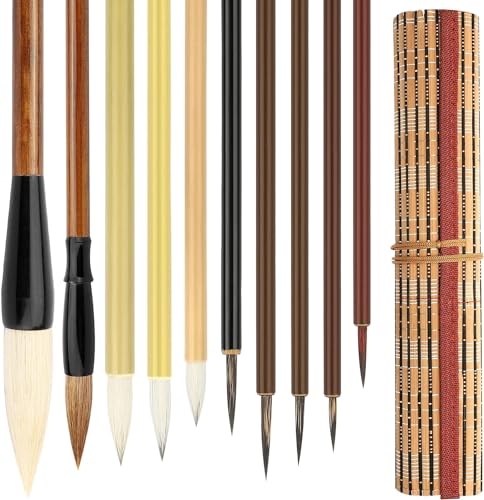5 Tips to Create Thicker Strokes with a Calligraphy Brush
Calligraphy is an art form that has been around for centuries, and it’s still popular today. One of the challenges that calligraphers face is creating thick strokes with a calligraphy brush. The thickness of the strokes can add depth and dimension to your calligraphy, making it stand out. Here are five tips to help you create thicker strokes with a calligraphy brush.
Choose the Right Brush
When selecting a brush for calligraphy, you need to consider the type of strokes you want to create. A flat brush will produce wider strokes, while a round brush is good for thinner strokes. You can also select a brush with a pointed tip that allows you to create varying stroke widths. Experiment with different brushes to find the one that suits your needs best.
Adjust Pressure and Angle
The angle and pressure with which you hold the brush can greatly affect the thickness of the strokes. For thicker strokes, hold the brush at a 45-degree angle and apply more pressure while writing. A lighter touch will produce thinner strokes. Experiment with different pressures and angles until you get the desired result.
Use a Heavier Ink
The type of ink you use can also affect the thickness of the strokes. A heavier ink will produce thicker strokes, while a lighter ink will produce thinner strokes. Use a heavier ink and adjust the pressure and angle of the brush to get even thicker strokes.
Practice with Capital Letters
Creating thicker strokes with a calligraphy brush can be a challenge, especially if you’re new to the art form. A good way to practice is to start by practicing on capital letters. Capital letters have larger strokes and require more pressure, making them ideal for practicing thicker strokes.
Be Patient and Practice Often
Creating thicker strokes with a calligraphy brush takes time and practice. Be patient with yourself and don’t expect to get it right the first time. Practice often and experiment with different techniques until you find what works best for you. With practice, you’ll soon be creating beautiful calligraphy with deep, thick strokes.






